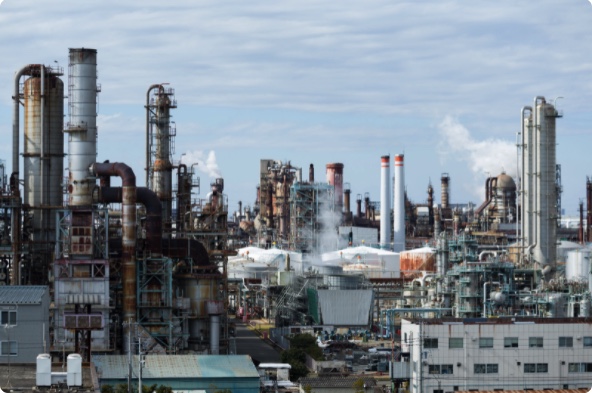
Atlanta Journal Constitution: Investor payouts put Sterigenics in tenuous financial position as pressure mounts
March 13, 2022
The Atlanta Journal Constitution (AJC) published an expose of private equity-owned Sterigenics: “Over the last three years, hundreds of cancer patients in Georgia and Illinois have sued the company, claiming that ethylene oxide emissions from its plants caused their illnesses. Another lawsuit from the attorney general of New Mexico accuses the company of misleading the public about the health dangers its emissions pose.
Atlanta Journal Constitution, February 3, 2022: Investor payouts put Sterigenics in tenuous financial position as pressure mounts
“At the same time, Sterigenics faces ongoing pressure from federal regulators who might mandate new and potentially costly safety measures to protect residents from a gas that the U.S. Environmental Protection Agency now considers a potent carcinogen.”
The AJC detailed how Warburg Pincus and GTCR own 62% of Sterigenics and its parent company, Sotera Health. In 2015, GTCR sold a majority stake in the company to Warburg Pincus, financed by $1.6 billion in company debt. Over the next four years, Sterigenics borrowed at least $1.1 billion more to fund cash payouts to its owners. That includes $320 million borrowed in July 2019, the same month the news of ethylene oxide’s elevated cancer risks reached the public.
Since Warburg Pincus became majority owner of Sterigenics, the Warburg Pincus-led ownership group appears to have paid itself at least $1.17 billion in debt-financed dividends from the company.[1]
See PESP’s October 2020 report:Dividend Recapitalizations in Health Care: How Private Equity Raids Critical Health Care Infrastructure for Short Term Profit
According to the AJC, “over a five-year period beginning in 2015, company owners directed Sterigenics to borrow more than $2 billion. At the time, the firms knew that the sterilization process was under scrutiny from federal environmental regulators, who may force ethylene oxide users to invest in costly new emissions controls to protect public health.”
And while some facility upgrades were made during this period, the AJC concluded that the purpose of the debt was to pay the firms and their investors.
Citing the company’s annual report to the SEC, the AJC found that in 2020, the bulk of Sterigenics’ spending was devoted to debt payments, rather than emission controls — 68% of its net cash flow from operating activities in 2020.
Economist and private equity researcher Eileen Appelbaum told the AJC that when firms borrow to fund buyouts and dividends, the portfolio companies they own “have nothing left to invest in themselves. Their cash flow is completely eaten up by debt service.”
The expose explained that the “2015 Sterigenics acquisition, in which $1.6 billion in debt was used to buy shares from GTCR and make Warburg Pincus the majority owner, is known as a leveraged buyout. The subsequent payouts to both firms, known as dividend recapitalizations, follow the same formula, experts said: The company borrows, the investors take home the money.”
Private Equity Stakeholder Project Campaign Manager Eileen O’Grady told AJC, “Dividend recaps are often really a confusing concept for people to wrap their heads around. And part of why that is, is it’s so unbelievably ridiculous that it’s allowed.
“The fact that private equity firms can load companies they own with debt and use that debt to pay themselves hundreds of millions of dollars in cash without making any substantial improvements to the company, it really seems like it should be illegal.”
